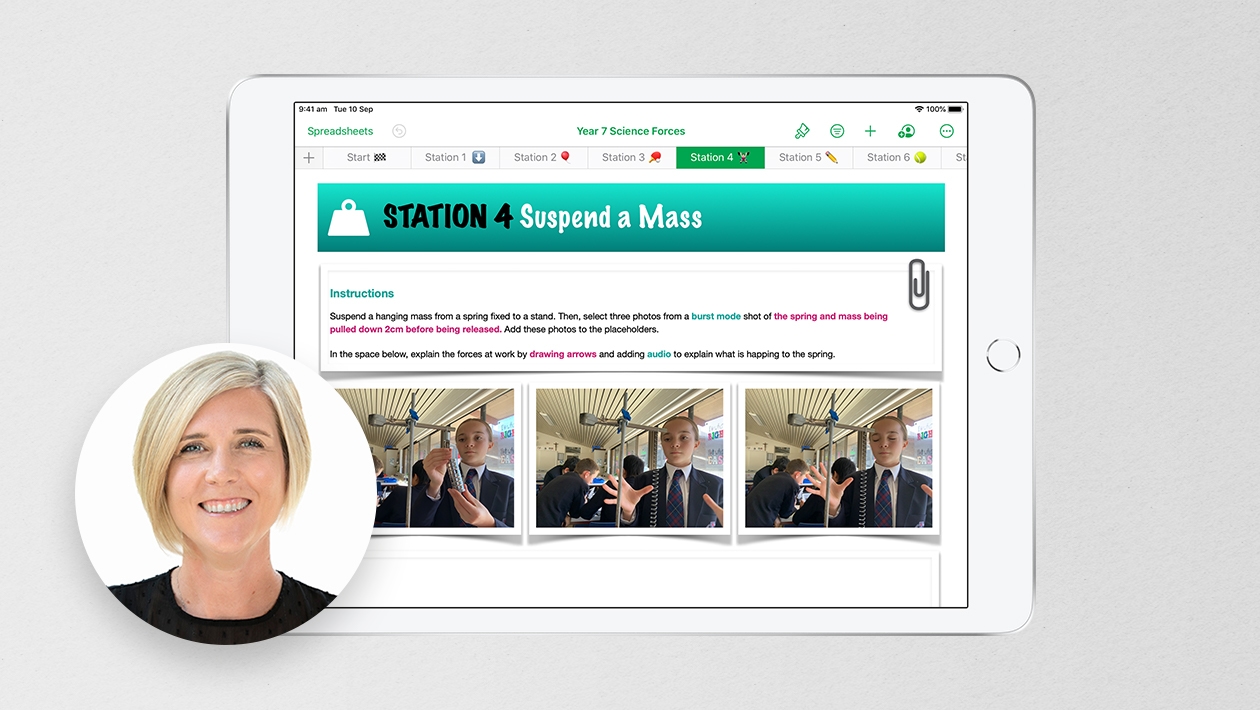Context
When explaining the causes any war, it is easy to fall into a narrative rather than really understanding or explaining the roles played by different powers at different times. Hence by using the shapes and colours functions in Keynote, it is a powerful way to give a visual understanding where each power stands by ‘moving’ them onto a ‘map’. The size and colour of the shapes could further help to differentiate the roles which they play in the war.
Preparation and Flow
1. Setting the context. (5 mins)
Students first need to know who were the powers involved in the Vietnam war between 1945-1954, 1956 - 1975. Start by asking students: “So which powers/countries were involved in the Vietnam War 1945-1954?” Follow by asking if all were involved throughout the war? Or did some leave at some point or joined later?
Once identified, ask a student to drag the shape which represent the power and place each power/country to the respective side which they fought for; i.e. North or South?
2. Class and teacher will check for accuracy at this point. Teacher may ask any student work to share their work via Airplay. This is to give a clear visual understanding of the power divide.
3. Continue by asking “So which powers/countries were involved in the Vietnam War 1956-1975?” Are they the same powers? Or did more join in? Once identified, ask another student to drag the shape which represent the power and place each power/country to the respective side which they fought for; i.e. North or South?
4. Continue by asking “Did some powers/countries play more prominent role than the other?” If the students answer yes, students may enlarge the shape to represent bigger role played by respective power. Students may even change the colours of of the power to further differentiate the sides they belong.
It is also helpful in explaining the shifting powers throughout the course of the war.
The continuous manoeuvring of the position and size of the shapes serves as a good visual guide to explain the complexity of power play in a war. It is also helpful in explaining the shifting powers throughout the course of the war.
Possible Extension
Using shapes, colours and size, any conflict can be depicted to conceptually show the dynamics of power, influence, interactions, cause and effect.. And in some case studies, it could also show shifts in power over time.
From the LearnGrowCreate Team
Main author: Vivien












July 14, 2025 . English
English
Love the visual way your lesson connects to the history! Also the interactivity on the part of the students enhances understanding and content memory!
Would be great if you also tagged this post with Social Studies and Keynote - fits in so well.
This action is unavailable while under moderation.
This action is unavailable while under moderation.